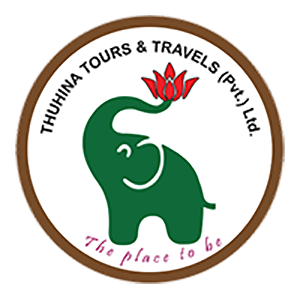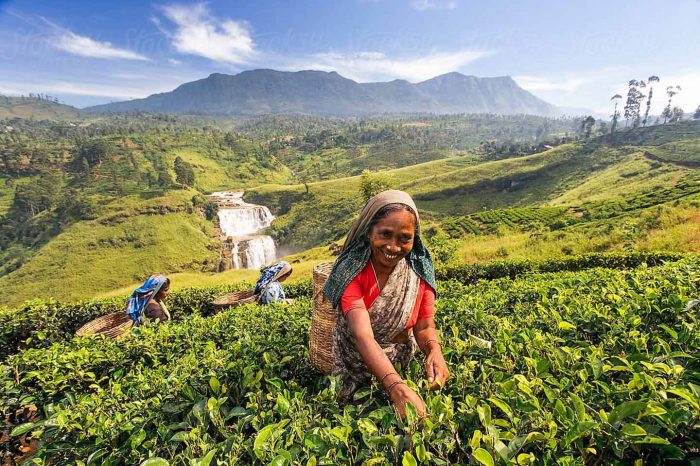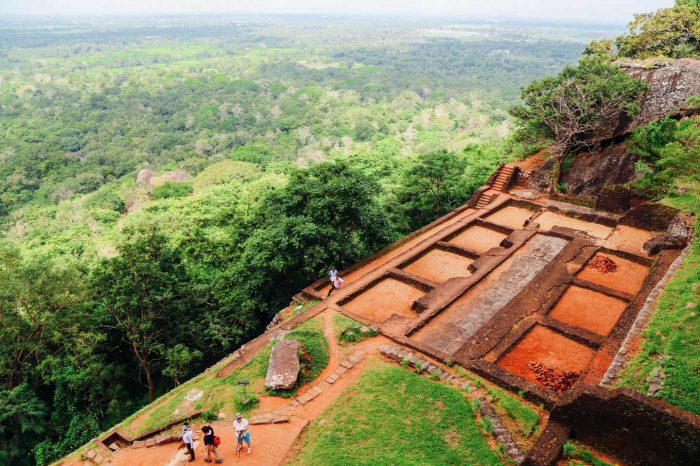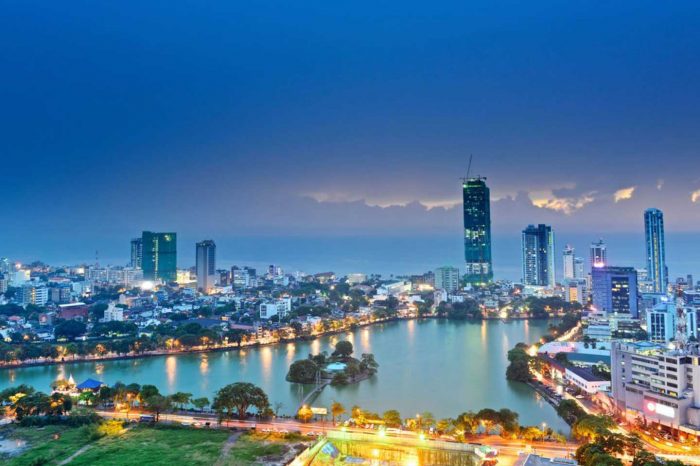Sri Lanka
Related Tours
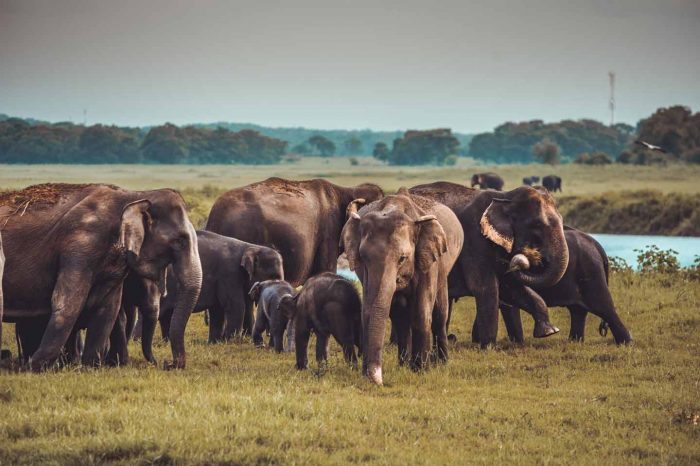
Sale
$900
$848
15N 16D Sri Lanka
Pinnawala, Sigiriya, Polonnaruwa, Dambulla, Kandy, Nuwara Eliya, Horton Plains, Ella, Thissamaharama, Balapitiya, Colombo & Negambo
16 days
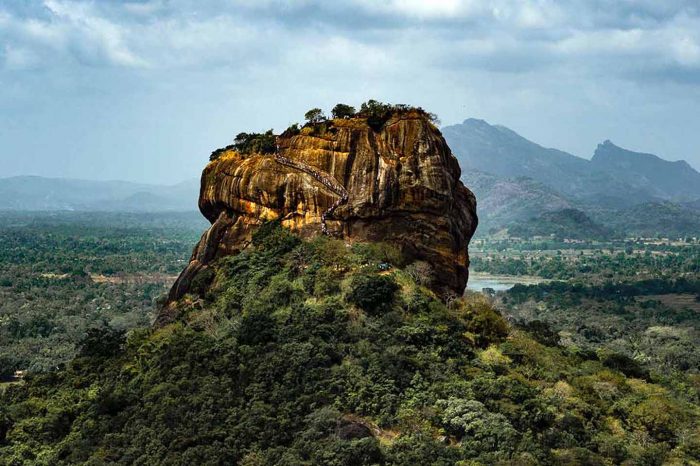
Sale
$750
$732
12N 13D Sri Lanka
Pinnawala, Dambulla, Sigiriya, Polonnaruwa, Kandy, Nuwara Eliya, Horton Plains, Ella, Tissamaharama, Balapitiya & Colombo
13 days
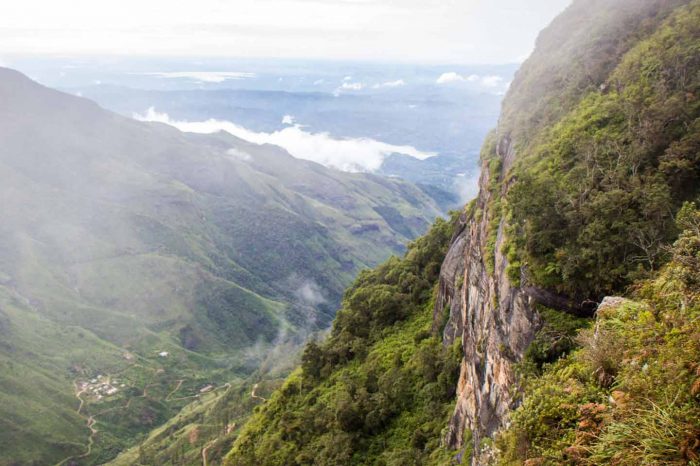
$679
11N 12D Sri Lanka
Pinnawala, Dambulla, Sigiriya, Polonnaruwa, Kandy, Nuwara Eliya, Horton Plains, Ella, Tissamaharama, Balapitiya & Colombo
12 days
Endless beaches, timeless ruins, welcome people, oodles of elephant, rolling surf, cheap price, fun trains, famous tea and flavorful food make Sri Lanka irresistible.
Location of Sri Lanka
Sri Lanka is an island nation located in the Indian Ocean, just off the southeastern coast of India.
Shaped like a teardrop, the island of Sri Lanka measures about 255 miles from north to south, and about 135 miles from east to west, with a total land area of about 25,300 square miles. It has more than 830 miles of coastline. The island is ringed by a broad coastal plain, rising to an inland terrain of gently rolling hills.
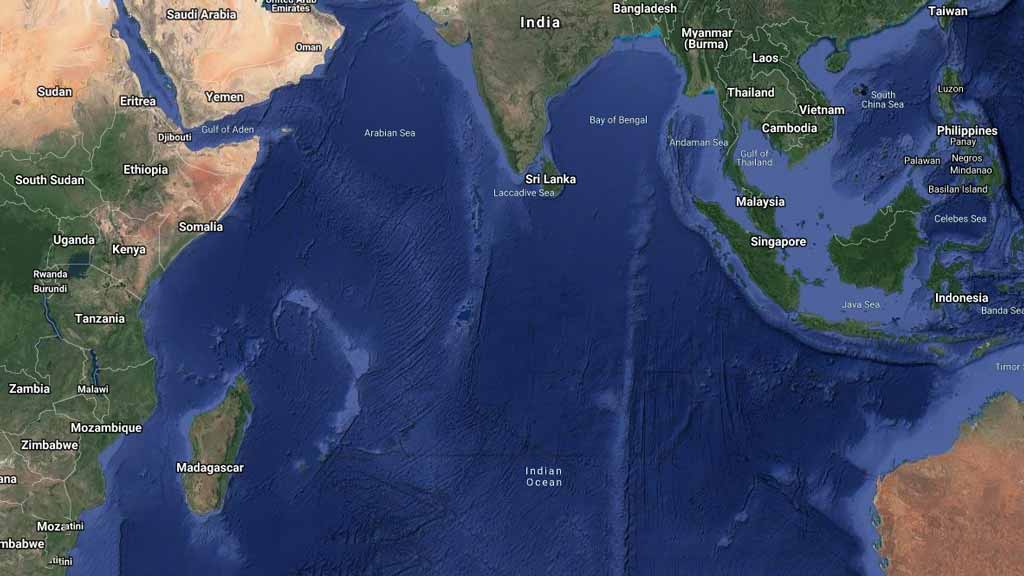
People of Sri Lanka
People of Sri Lanka are divided into four ethnic groups. These are the Sinhalese, the Tamils, the Muslims, and the Burghers. Sinhalese are the largest ethnic group in Sri Lanka. Historians have concluded that groups from north India who migrated to the island around 500 BC were later known as Sinhalese. Most Sinhalese are the followers of Buddhism.
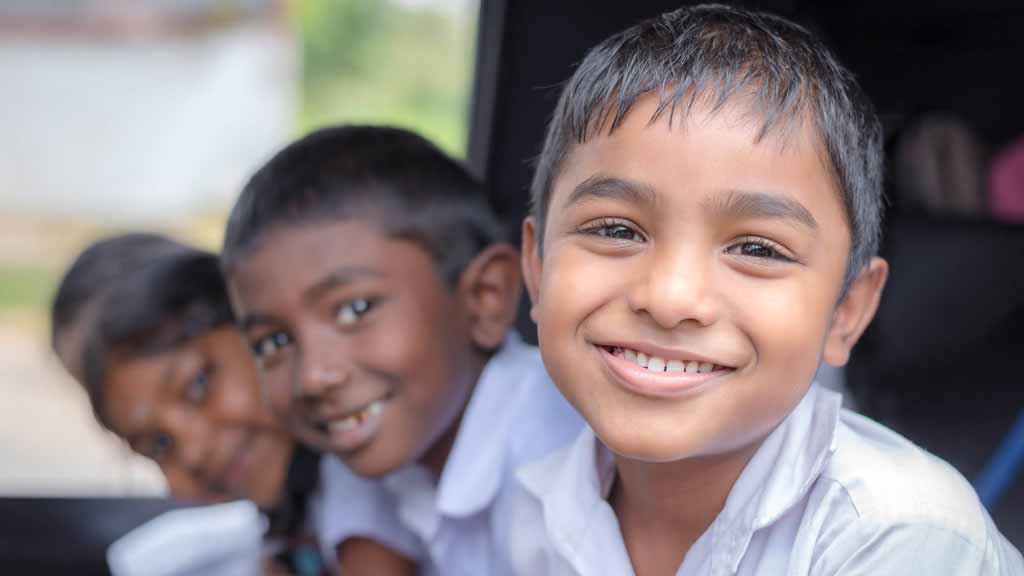
Religious of Sri Lanka
Sri Lanka’s population practices a variety of religions. As of the 2011 census 70.2% of Sri Lankans are Theravada Buddhists, 12.6% are Hindus, 9.7% are Muslims and 7.4% Christians (6.1% Roman Catholic and 1.3% other Christian). Sri Lanka was ranked the 3rd most religious country in the world by a 2008 Gallup poll, with 99% of Sri Lankans saying religion is an important part of their daily life.
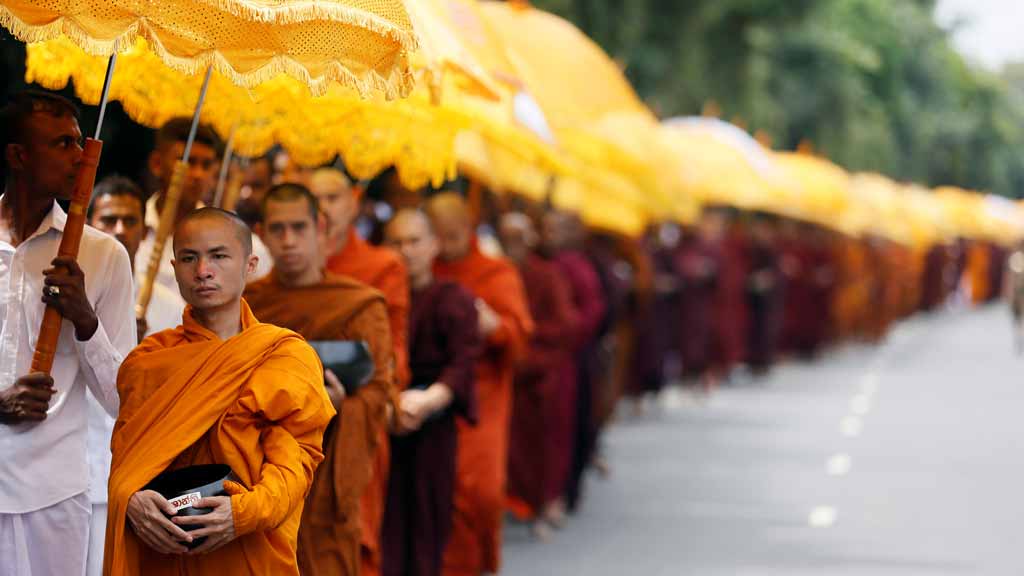
Languages of Sri Lanka
The Sinhala language is spoken by the Sinhalese people, who constitute approximately 74% of the national population and total about 13 million. The Veddah people, totaling barely 2500speak a distinct language, possibly a creolized form of an earlier indigenous language. The Tamil language is spoken by Sri Lankan Tamils, as well as by Tamil migrants from the neighboring Indian state of Tamil Nadu. Tamil speakers number more than 3 million. There are more than 50,000 speakers of the Sri Lankan Creole Malay language, which is strongly influenced by the Malay language. English is fluently spoken by approximately 10% of the population, and widely used for official and commercial purposes.
Climate of Sri Lanka
Sri Lanka’s climate includes tropical monsoons: the northeast monsoon (December to March), and the southwest monsoon (June to October). Its terrain is mostly low, flat to rolling plain, with mountains in the south-central interior. T he highest point is Pidurutalagala at 2,524.13 m.The rainfall pattern is influenced by the monsoon winds of the Indian Ocean and Bay of Bengal and is marked by four seasons. The first is from mid-May to October, when winds originate in the southwest, bringing moisture from the Indian Ocean .
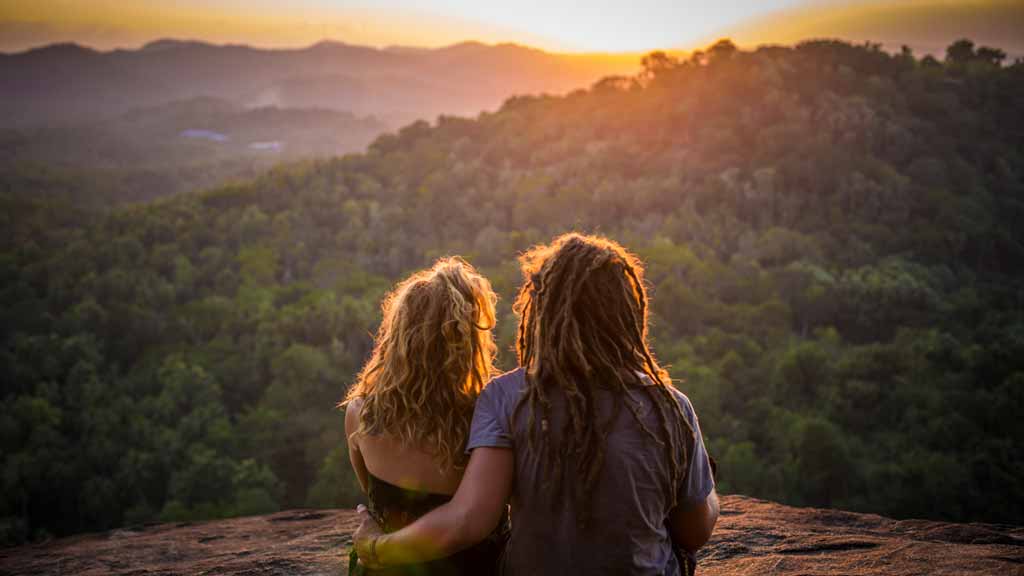
History of Sri Lanka
The history of Sri Lanka begins around 30,000 years ago when the island was first inhabited. Some mentions of the country are found in the Ramayana, the Mahabharata and the Lankavatara Sutra Mahayana Buddhism texts of Gautama Buddha’s teachings. Buddhism was introduced in the 3rd century BC by Arhath Mahinda.From the 16th century, some coastal areas of the country were ruled by the Portuguese, Dutch and British. Sri Lanka was ruled by 181 kings from the Anuradhapura to Kandy periods. After 1815 the entire nation was under British colonial rule and armed uprisings against the British took place in the 1818 Uva Rebellion and the 1848 Matale Rebellion. Independence was finally granted in 1948 but the country remained a Dominion of the British Empire.
In 1972 Sri Lanka assumed the status of a Republic. A constitution was introduced in 1978 which made the Executive President the head of state. The Sri Lankan Civil War began in 1983, including an armed youth uprising in 1987–1989, with the 25 year-long civil war ending in 2009.
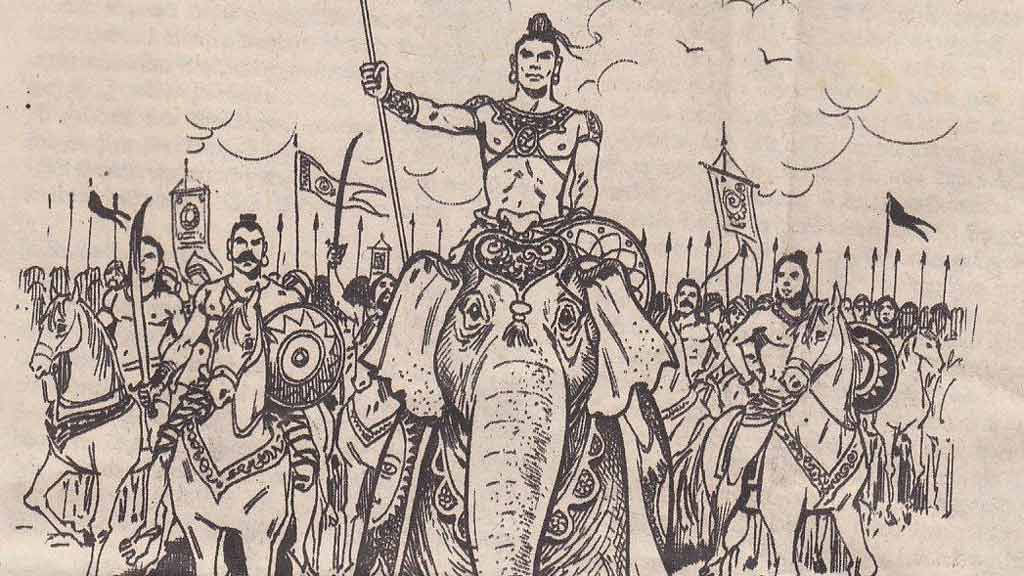
Places of interest in Sri Lanka
- Ancient cities
- Cultural heritage
- Mountain ranges
- Bird Sanctuaries
- Animal Sanctuaries
- Beaches
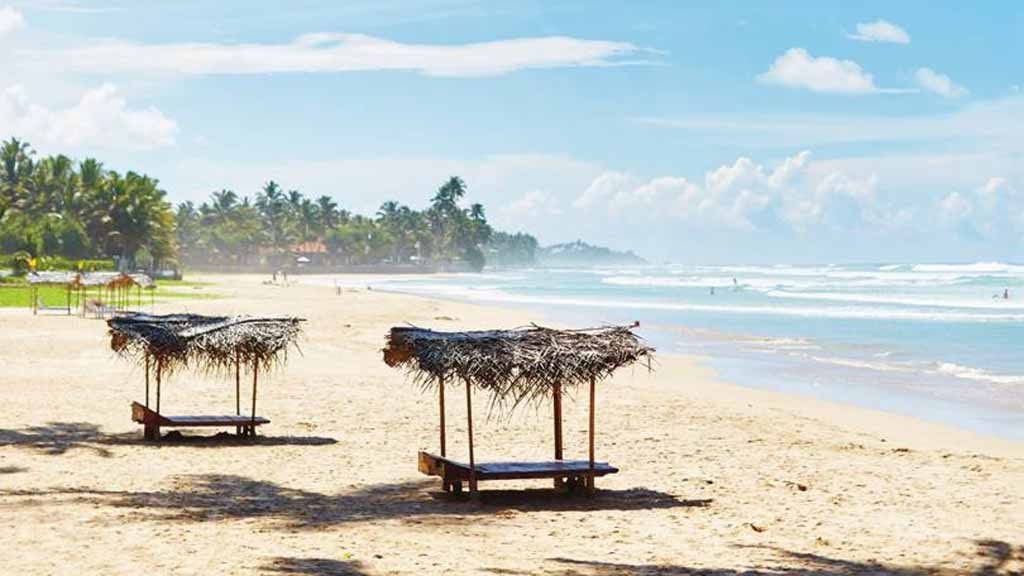
Cultural festivals and events
As a country steeped in culture and tradition, Sri Lanka is host to several vibrant events & festivals throughout the year
Being a culturally & literary inclined country, Sri Lanka is home to many events, whether they are religious, cultural, and even related to sports. This tiny island full of promise and surprise has much to offer travelers. Sri Lanka will ensure that travelers will enjoy their experiences. Make sure to partake in the cultural and leisure festivals that occur in various corners of the country, endowing the community with an aura of this country’s personality. Take time to visit the many events & festivals that occur throughout the year, divulging the ancient secrets of religious and cultural traits as well as the new found trends of Sri Lanka to the world.
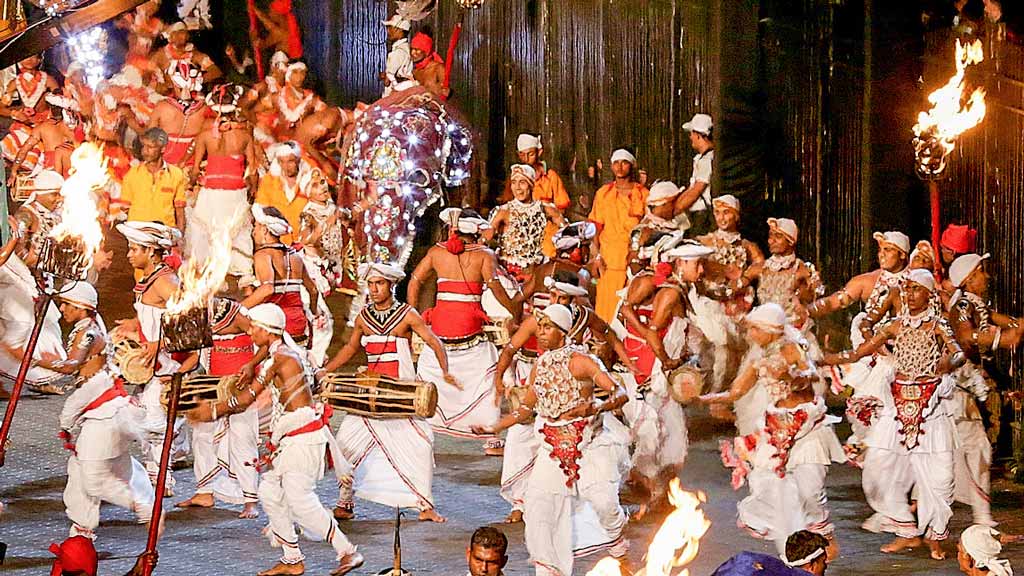
Food
Food of Sri Lanka is hot and spicy. Base food of the inhabitants of the island is rice which they consume with curry both vegetable and fish based. All the dishes are cooked on the base of coconut milk and flavored by liberal use of spices. Like all the people of coastal regions, the Sri Lankans are also expert in preparing fish dishes. Mallung, Sambol, Lamprais, Buriyani and Polos Pehi are some popular dishes of Sri Lanka. Sri Lankans also like several juicy sweetmeats like Kavum, Halape, Thalaguli and Wattalapam. Sri Lankans also like to have drinks like tea and coffee.Several varieties of fruits are found in Sri Lanka. One can enjoy fruits like mangoes, pineapple, water melon, papaya, woodapple, bananas (also known as plantains), and rambuttan (a fruit resembling lychees). Some of these fruits are found only in Sri Lanka.
- Rice and curry
- Sea food
- Traditional sweet meats
- Fruits
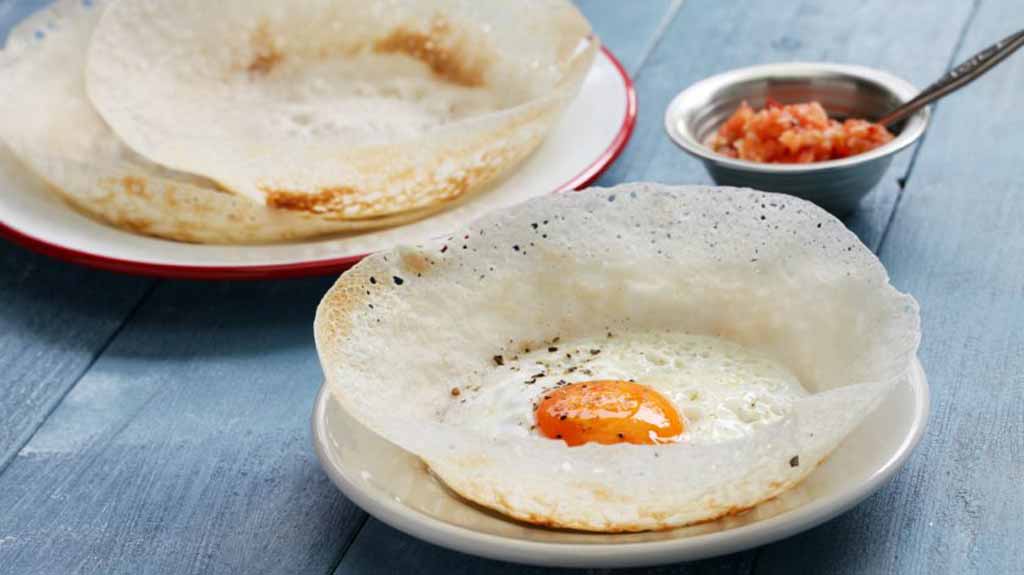
Flora and Fauna
Lying within the Indomalaya ecozone, Sri Lanka is one of 25 biodiversity hotspots in the world. Although the country is relatively small in size, it has the highest biodiversity density in Asia. A remarkably high proportion of the species among its flora and fauna, 27% of the 3,210 flowering plants and 22% of the mammals are endemic.[156] Sri Lanka has declared 24 wildlife reserves, which are home to a wide range of native species such as Asian elephants, leopards, sloth bears, the unique small Loris, a variety of deer, the purple-faced langur, the endangered wild boar, porcupines and anteaters.
Flowering acacias flourish on the arid Jaffna Peninsula. Among the trees of the dry-land forests are valuable species such as satinwood, ebony, ironwood, mahogany and teak. The wet zone is a tropical evergreen forest with tall trees, broad foliage, and a dense undergrowth of vines and creepers. Subtropical evergreen forests resembling those of temperate climates flourish in the higher altitudes.
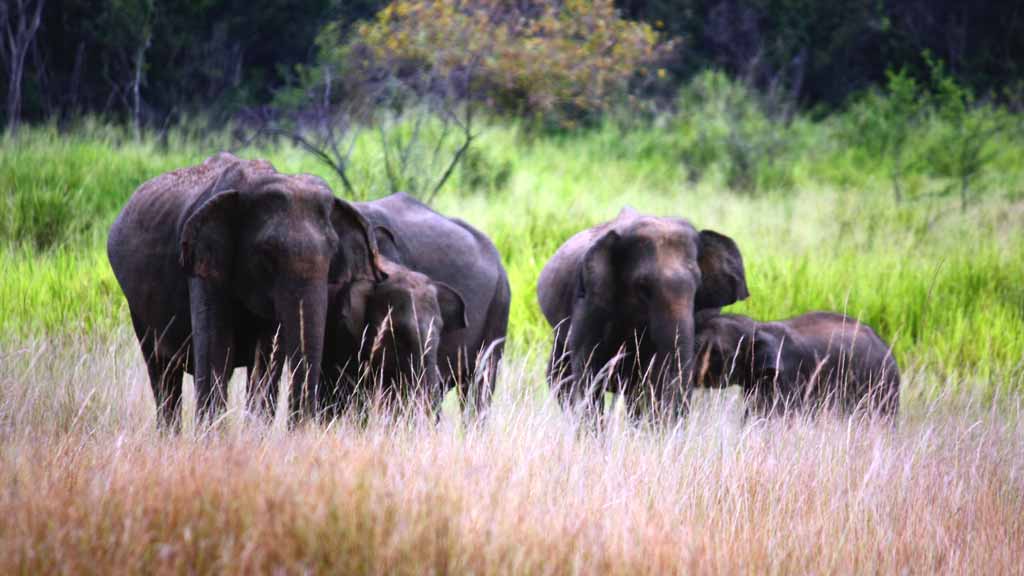
Share this tour

